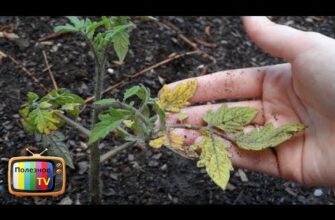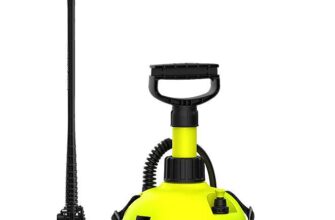- Важность подкормки арбузов для эффективного роста и плодоношения
- Разбор понятий: что такое подкормка арбузов?
- Когда и какими удобрениями подкармливать арбузы?
- Определение состава почвы перед внесением удобрений
- Секреты правильного выбора удобрения для арбузов
- Выбор удобрения
- Внесение удобрений
- Какие элементы питания особенно важны для арбузов?
- Подкормка на этапе роста листьев
- Подкормка на этапе образования плодов
- Подкормка корней арбузов
- Как определить дозировку удобрений для арбузов?
- Особенности подкормки молодых арбузных растений
- Подкормка арбузов в период цветения и созревания плодов
- Внесение удобрений на корни
- Внесение удобрений на листья
- Профилактическая подкормка арбузов во время вегетации
- Этапы подкормки арбузов:
- Удобрения для арбузов в условиях сухого климата
- Этапы подкормки
- Виды удобрений
- Сочетание подкормки арбузов с другими приемами ухода
- Удобрения для арбузов
- Оптимальный момент для подкормки
- Подкормка через листья
- Сочетание подкормки и полива
- Рекомендации по подкормке арбузов для получения богатого урожая
- Вопрос-ответ:
- Какие удобрения лучше использовать для подкормки арбузов?
- Как часто нужно подкармливать арбузы?
- Можно ли использовать минеральные удобрения для подкормки арбузов?
- Какие преимущества имеют органические удобрения перед минеральными?
- Можно ли переборщить с подкормкой арбузов?
- Видео:
- Внесение удобрений через капельный полив
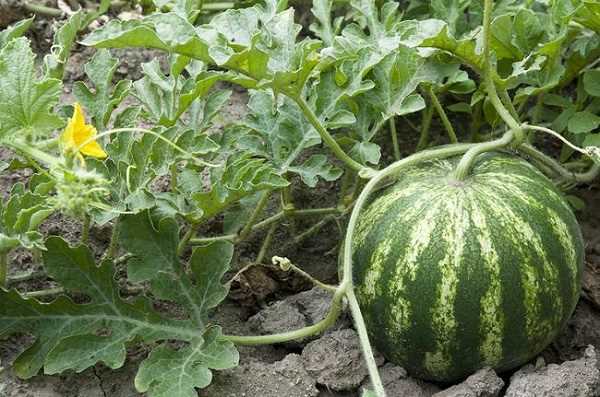
Арбузы — это одно из самых популярных летних ягодных культур, которые пользуются большой популярностью среди садоводов. Чтобы получить обильный урожай сладких и сочных арбузов, необходимо правильно удобрять растения на разных этапах их развития.
Удобрения играют ключевую роль в росте и развитии арбузов. Они содержат необходимые для растения питательные вещества, которые позволяют ему получить все необходимое для нормального функционирования. Однако, чтобы подкормка была эффективной, необходимо знать основные принципы и секреты внесения удобрений.
Первый этап подкормки арбузов — это внесение удобрений перед посадкой рассады. На этом этапе важно обеспечить почву всеми необходимыми питательными веществами для успешной адаптации рассады. Кроме того, регулярная подкормка арбузов во время вегетации также является важным условием для получения большого урожая. Внесение удобрений проводится на корневую систему растения или на листья, чтобы обеспечить быстрое всасывание питательных веществ.
Однако, не стоит забывать, что слишком большое количество удобрений может навредить арбузам. Поэтому важно соблюдать пропорции и правильно дозировать удобрения при внесении их в почву или на листья растений. Следуя рекомендациям и секретам эффективного внесения удобрений, вы сможете достичь прекрасного урожая сладких и сочных арбузов.
Важность подкормки арбузов для эффективного роста и плодоношения
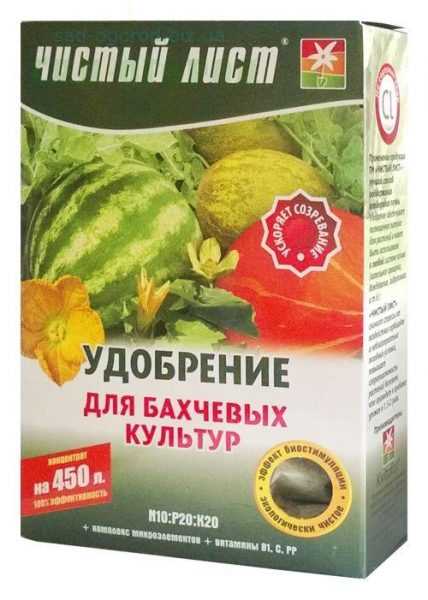
Подкормка является важным этапом возделывания арбузов, который позволяет обеспечить растение всеми необходимыми питательными веществами для эффективного роста и развития. Удобрения, вносимые в почву или на листья, способствуют более активному поглощению корнями важных элементов.
Подкормку арбузов необходимо проводить на разных этапах их развития. В начале вегетационного периода рекомендуется внести азотные удобрения, которые способствуют активному росту зеленой массы и формированию хорошего корневого аппарата.
На следующих этапах развития растения, когда арбузы начинают формировать плоды, рекомендуется проводить подкормку фосфорно-калийными удобрениями. Эти элементы необходимы для развития плодов и формирования их качественного вкуса. Также важно обеспечить растение микроэлементами, такими как железо, магний, цинк, медь, которые играют важную роль в жизнедеятельности растения.
Подкормку арбузов можно проводить как корневым способом, внося удобрения в почву вблизи корней, так и листовым способом, распыляя удобрения на листьях растения. Каждый из этих методов имеет свои преимущества и позволяет обеспечить растение необходимыми питательными веществами. Однако, необходимо соблюдать рекомендации по дозировке и правилам применения удобрений, чтобы не нанести вред арбузам и не вызвать переизбыток питательных веществ.
Разбор понятий: что такое подкормка арбузов?
Подкормка арбузов — это важный этап возделывания этого культурного растения, который заключается в внесении удобрений для улучшения роста и развития растений, а также повышения урожайности. Правильное подкормление арбузов позволяет обеспечить растения всеми необходимыми питательными веществами, которые они не всегда могут получить из почвы в достаточных количествах.
Подкормить арбузы можно на разных этапах их развития. Например, важно провести первую подкормку после появления на рассаде первых настоящих листьев. В этот период растения нуждаются в азотных удобрениях, которые способствуют интенсивному росту зеленой массы и развитию корневой системы.
Внесение удобрений в землю можно провести не только в жидком виде, но и в форме гранул или порошка. Важно правильно дозировать удобрения и не переборщить с их количеством, чтобы избежать перегрузки растений и возможных ожогов листьев.
Когда и какими удобрениями подкармливать арбузы?
Подкормка арбузов играет важную роль в их развитии и урожайности. Как правило, первую подкормку проводят через две недели после посадки рассады в грунт. В это время растения активно формируют корни и начинают активный рост. Основное внесение удобрений проводят перед цветением, когда арбузы нуждаются в дополнительном питании для формирования плодов.
Основными удобрениями для подкормки арбузов являются азотные, фосфорные и калийные удобрения. Азотные удобрения способствуют быстрому росту растений и укреплению зеленой массы. Они вносятся в почву перед посадкой и после образования 3-4 настоящих листьев. Фосфорные удобрения необходимы для развития корневой системы и формирования плодов. Они вносятся в почву перед цветением арбузов. Калийные удобрения повышают устойчивость растений к засухе и болезням, а также улучшают вкус и качество плодов. Они вносятся в почву перед формированием плодов.
Помимо основных удобрений, арбузы могут нуждаться в дополнительных микроэлементах, таких как железо, медь, цинк и марганец. Недостаток этих элементов может привести к заболеваниям растений и ухудшению плодоношения. Для подкормки арбузов рекомендуется использовать комплексные удобрения, содержащие все необходимые микроэлементы.
Определение состава почвы перед внесением удобрений
Для успешного выращивания арбузов необходимо правильно подобрать удобрения и определить состав почвы на этапе подкормки. Корни арбузов поглощают из почвы необходимые элементы для нормального роста и развития, поэтому важно знать, какие удобрения нужно вносить.
Перед внесением удобрений необходимо определить кислотность почвы. Для этого можно использовать специальные тест-комплекты или обратиться к специалисту. Зная кислотность почвы, можно выбрать правильные удобрения, чтобы корни арбузов могли эффективно поглощать питательные вещества.
Еще один важный параметр для определения состава почвы — ее плодородность. Она определяется на основе содержания основных питательных элементов, таких как азот, фосфор и калий. Если в почве недостаток какого-либо элемента, необходимо внести соответствующее удобрение. Например, если в почве недостаток азота, можно использовать азотные удобрения для подкормки.
При определении состава почвы перед внесением удобрений необходимо также учитывать предыдущие посевы. Растения, выращенные ранее на данном участке, могли потреблять определенные питательные вещества, которые могут отсутствовать в почве. В этом случае необходимо внести не только основные питательные элементы, но и микроэлементы.
Таким образом, определение состава почвы перед внесением удобрений — это важный этап подкормки арбузов. Зная кислотность, плодородность почвы и учитывая предыдущие посевы, можно эффективно выбрать удобрения, чтобы обеспечить растения необходимыми питательными веществами и достичь высокого урожая арбузов.
Секреты правильного выбора удобрения для арбузов
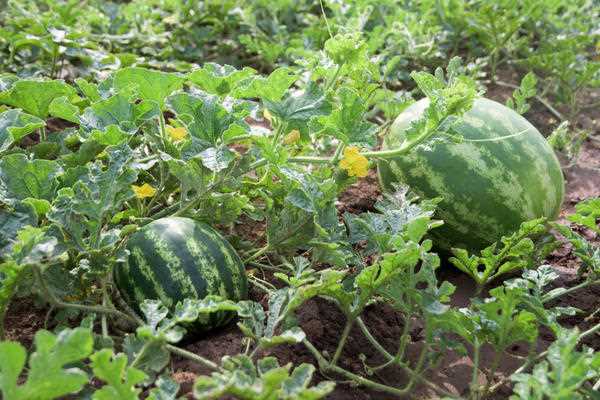
Подкормка арбузов играет важную роль в их успешном росте и развитии. Этапы правильной подкормки включают выбор подходящего удобрения, а также правильное внесение его в почву.
Выбор удобрения
Для подкормки арбузов важно выбрать правильное удобрение, которое будет соответствовать потребностям растения. Основные компоненты удобрений, необходимые для арбузов, включают азот, фосфор и калий. Они помогают улучшить рост растений, укрепить их иммунную систему и повысить урожайность.
Кроме основных компонентов, удобрения для арбузов могут содержать и другие микроэлементы, необходимые для нормального развития растений. Например, магний, железо, медь и цинк играют важную роль в биохимических процессах растений и способствуют их здоровому росту.
Внесение удобрений
Правильное внесение удобрений важно для эффективной подкормки арбузов. Удобрения следует распределять равномерно вокруг корневой зоны растений, чтобы они могли быстро и эффективно усвоить питательные вещества.
Важно помнить, что удобрения необходимо вносить в почву до посадки рассады или перед появлением первых побегов. Это позволит удобрениям быть легко доступными для корней растений и способствовать их здоровому развитию.
Используя эти секреты правильного выбора удобрения и внесения его в почву, вы сможете эффективно подкормить арбузы и получить богатый урожай. Помните, что регулярная подкормка является важной составляющей заботы о растениях и помогает им расти здоровыми и сильными.
Какие элементы питания особенно важны для арбузов?
Арбузы являются требовательными к питательным веществам растениями, поэтому правильная подкормка играет важную роль в их успешном развитии. На разных этапах жизненного цикла арбузов требуются различные элементы питания для нормального роста и развития.
Подкормка на этапе роста листьев

На начальном этапе развития арбузов особое внимание следует уделить подкормке для стимуляции роста листьев. Важными элементами питания на этом этапе являются азот, фосфор и калий. Азот способствует образованию хлорофилла и росту листьев, фосфор улучшает образование корней, а калий повышает устойчивость растений к болезням и стрессу.
Подкормка на этапе образования плодов

На этапе образования плодов арбузов особенно важно обеспечить им достаточное количество фосфора и калия. Фосфор способствует активному образованию цветков и спелости плодов, а калий улучшает их вкусовые качества и хранение.
Подкормка корней арбузов
Не стоит забывать и о подкормке корневой системы арбузов. Для укрепления и активного развития корней необходимо вносить удобрения, богатые калием и фосфором. Эти элементы питания помогут растениям лучше усваивать влагу и питательные вещества из почвы.
Важно помнить, что подкормка арбузов должна проводиться в соответствии с рекомендациями и дозировками, указанными на упаковке удобрений. Также стоит учитывать особенности почвы и климатических условий, чтобы достичь наилучших результатов.
Как определить дозировку удобрений для арбузов?

Внесение удобрений на различных этапах роста арбузов является важной задачей для получения хорошего урожая. Подкормка растений позволяет поддерживать необходимый баланс питательных веществ и способствует их активному росту и развитию.
Определение дозировки удобрений для арбузов требует учета нескольких факторов, включая состояние почвы, возраст растений и их потребности в питательных веществах. Наиболее эффективный способ определить необходимую дозировку удобрений — провести анализ почвы и учитывать рекомендации по составу удобрений для арбузов.
Так стоп!!! Вы всё ещё не подписаны на наши каналы в Телеграмм и Дзен? Посмотрите: ТГ - (@historyfantasydetectivechat) и Дзен (https://dzen.ru/myshortsstorys)
Одним из способов подкормки арбузов является внесение удобрений через листья. Этот метод позволяет быстро и эффективно доставить питательные вещества в растение. Для определения дозировки удобрений через листья можно использовать рекомендации производителей удобрений или консультироваться с опытными садоводами.
Подкормка арбузов должна проводиться на различных этапах их развития. В зависимости от возраста растений и их потребностей в питательных веществах, дозировка удобрений может варьироваться. Например, в начале вегетационного периода растения требуют больше азота, а в период формирования плодов — больше фосфора и калия.
Особенности подкормки молодых арбузных растений
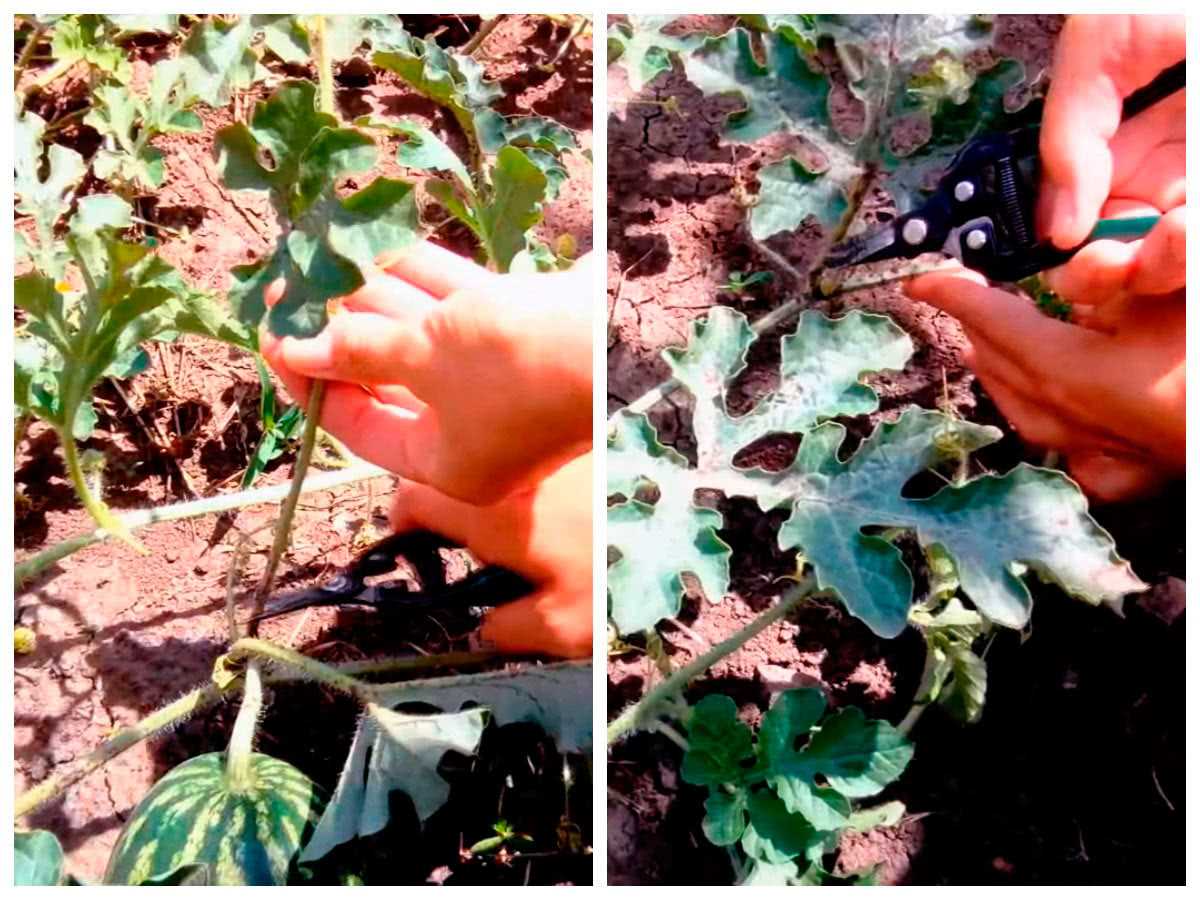
Подкормка молодых арбузных растений играет важную роль в их развитии и урожайности. Этот процесс осуществляется на различных этапах роста и развития растений.
Первая подкормка проводится в период появления первых настоящих листьев. В этот момент растение уже начинает активно поглощать питательные вещества через корни. Подкормка осуществляется по междурядьям, чтобы удобрения могли достигнуть корневой системы.
Вторая подкормка проводится во время формирования завязей арбузов. На этом этапе растения нуждаются в удобрениях, содержащих фосфор и калий, которые способствуют развитию плодов и увеличению их размеров.
Для успешной подкормки молодых арбузных растений рекомендуется использовать комплексные удобрения, содержащие все необходимые микроэлементы. Важно учитывать потребности растений в питательных веществах и правильно дозировать удобрения, чтобы не переборщить.
Подкормка молодых арбузных растений является ключевым моментом в процессе их выращивания. Следуя рекомендациям и уделяя достаточное внимание этому процессу, можно получить качественный и обильный урожай арбузов.
Подкормка арбузов в период цветения и созревания плодов
Подкормка арбузов важна на этапе цветения и созревания плодов, так как в этот период растение нуждается в дополнительном питании для обеспечения хорошего урожая. Питательные вещества могут вноситься как на корневую систему, так и на листья.
Внесение удобрений на корни
На этапе цветения и созревания плодов арбузы нуждаются в повышенном содержании фосфора и калия. Фосфор способствует формированию цветков и плодов, а калий улучшает их качество и сохранность. Удобрения, содержащие эти элементы, можно вносить в почву вокруг корней растения. Рекомендуется использовать специальные комплексные удобрения, разработанные специально для арбузов.
Внесение удобрений на листья
Для повышения усвояемости питательных веществ и ускорения их действия, можно применять подкормку через листья. Для этого удобрения растворяются в воде и наносятся на листья арбузов с помощью специального распылителя. Такая подкормка позволяет растению получить необходимые питательные вещества быстрее и более эффективно.
Важно помнить, что подкормка арбузов в период цветения и созревания плодов должна проводиться с учетом основных потребностей растения и рекомендаций производителей удобрений. Следует следовать инструкциям по дозировке и частоте внесения удобрений, чтобы достичь оптимальных результатов.
Профилактическая подкормка арбузов во время вегетации
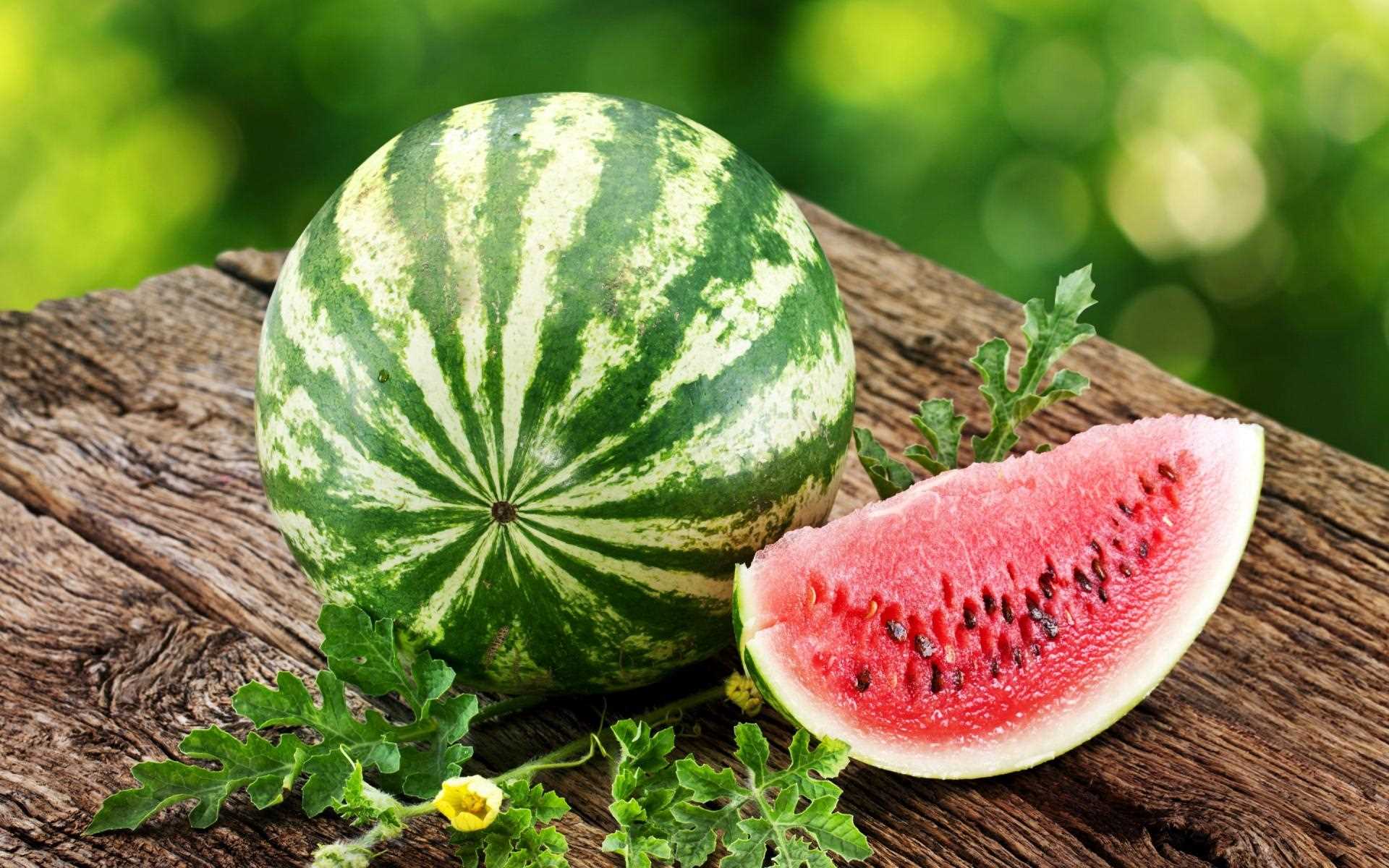
Процесс роста и развития арбузов неразрывно связан с подкормкой. Правильно организованная подкормка поможет обеспечить арбузам все необходимые питательные вещества для активного роста и формирования плодов. Внесение удобрений следует проводить на разных этапах вегетации растений, начиная с формирования листьев и заканчивая образованием плодов.
Этапы подкормки арбузов:
- Первая подкормка проводится на этапе образования первых листьев. На этом этапе растение нуждается в азоте для активного роста. Рекомендуется вносить азотсодержащие удобрения, например, аммиачную селитру или мочевину, разбавленные в воде. Эту подкормку следует проводить в корневую зону растения.
- Вторая подкормка проводится на этапе образования бутонов и цветков. В это время растение нуждается в фосфоре и калии, которые способствуют формированию цветочных почек и развитию цветков. Рекомендуется вносить специальные фосфорно-калийные удобрения, разводя их в воде перед внесением в корневую зону.
- Третья подкормка проводится на этапе формирования плодов. В это время растение нуждается в удобрениях, содержащих все необходимые микроэлементы: азот, фосфор, калий, магний, железо и др. Рекомендуется использовать комплексные удобрения, разведенные в воде, и вносить их как корневую подкормку, так и листовую подкормку. Листовая подкормка проводится путем опрыскивания раствора удобрения на листья растения.
Правильно организованная профилактическая подкормка арбузов во время вегетации позволит обеспечить растения все необходимыми питательными веществами, повысить урожайность и качество плодов.
Удобрения для арбузов в условиях сухого климата
Подкормка арбузов в условиях сухого климата является важным этапом возделывания этой культуры. Внесение удобрений поможет обеспечить арбузы необходимыми питательными веществами, укрепить их корни и повысить урожайность.
Этапы подкормки
Внесение удобрений для арбузов в сухом климате следует проводить поэтапно. На первом этапе необходимо подкормить корни растений. Для этого удобрения рекомендуется вносить вреды по глубине проникновения корней. Это позволит растениям получить необходимую пищу и воду.
На втором этапе подкормки необходимо обратить внимание на состояние листьев арбузов. Если они показывают признаки недостатка питательных веществ, следует применить удобрения, богатые азотом и калием. Это поможет улучшить фотосинтез и повысить урожайность.
Виды удобрений
Для успешной подкормки арбузов в сухих условиях можно использовать органические и минеральные удобрения. Органические удобрения, такие как компост или перегнои, помогут улучшить структуру почвы и удерживать влагу. Минеральные удобрения, содержащие азот, фосфор и калий, позволят усилить рост растений и улучшить их здоровье.
Вывод: подкормка арбузов в условиях сухого климата является важным агротехническим приемом. Правильное внесение удобрений на различных этапах развития растений поможет обеспечить им необходимые питательные вещества и повысить урожайность.
Сочетание подкормки арбузов с другими приемами ухода
Подкормка арбузов — это один из этапов ухода за растениями, который помогает обеспечить им необходимые питательные вещества для оптимального роста и развития. Однако, чтобы добиться максимального эффекта, подкормку следует сочетать с другими приемами ухода.
Удобрения для арбузов
Для подкормки арбузов рекомендуется использовать специальные удобрения, которые содержат необходимые микроэлементы. Однако, помимо этого, также важно обратить внимание на состояние листьев растений.
Оптимальный момент для подкормки
Чтобы подкормка была наиболее эффективной, рекомендуется проводить ее в определенные периоды развития растений. Например, в начальную стадию роста арбузов следует вносить удобрения в почву, чтобы обеспечить растения необходимыми питательными веществами.
Подкормка через листья
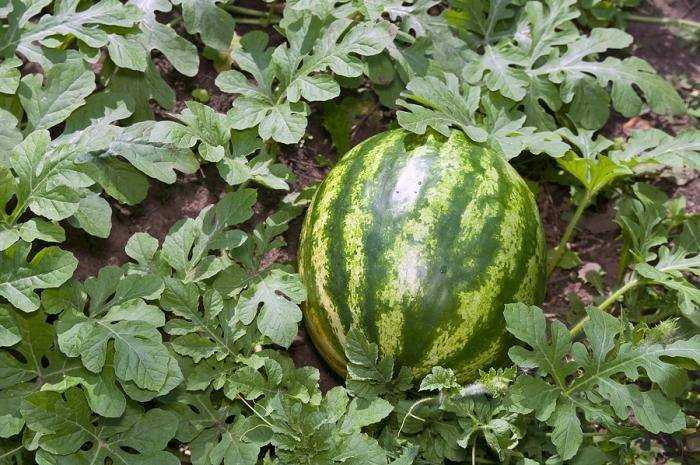
Для более быстрого и эффективного внесения удобрений в растения можно использовать метод подкормки через листья. Для этого необходимо приготовить специальное раствор удобрений и опрыскать им листья арбузов. Этот метод позволяет доставить питательные вещества прямо к месту их непосредственного использования.
Сочетание подкормки и полива
Для более равномерного распределения удобрений в почве и обеспечения их доступности для корней растений, рекомендуется сочетать подкормку с поливом. При поливе удобрения проникают в почву и быстрее достигают корневой системы растений, что способствует их более эффективному использованию.
Таким образом, сочетание подкормки арбузов с другими приемами ухода, такими как полив и подкормка через листья, поможет достичь оптимального результата и обеспечить растения необходимыми питательными веществами.
Рекомендации по подкормке арбузов для получения богатого урожая
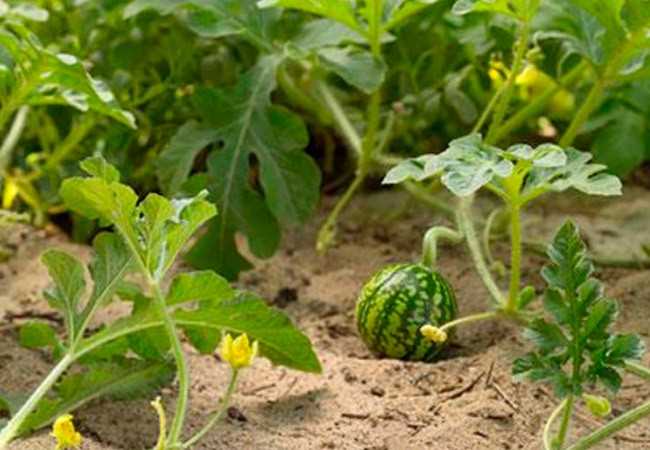
Подкормка арбузов является важным этапом в их выращивании. Правильное внесение удобрений поможет получить обильный урожай и крепкие, сочные плоды.
Первая подкормка арбузов выполняется, когда растения достигают фазы активного роста и образования листьев. На этом этапе рекомендуется вносить азотные удобрения, которые способствуют интенсивному развитию зеленой массы и укрепляют растения. Отличным вариантом будет использование органических удобрений, таких как перегной или компост.
Вторая подкормка арбузов проводится во время образования цветочных почек. На этом этапе рекомендуется вносить фосфорно-калийные удобрения, которые способствуют формированию цветов и плодов. Они улучшают цветение и способствуют развитию крупных и сочных арбузов.
Третья подкормка арбузов проводится во время активного роста плодов. На этом этапе рекомендуется вносить калийные удобрения, которые способствуют накоплению сахаров в плодах и придают им сладкий вкус. Калий также повышает устойчивость растений к болезням и стрессовым условиям.
Важно помнить, что подкормку арбузов необходимо проводить регулярно и соблюдать рекомендуемые дозировки удобрений. Также следует учитывать состояние почвы и потребности растений. Следуя этим рекомендациям, вы сможете подкормить арбузы правильно и получить обильный урожай вкусных и сочных плодов.
Вопрос-ответ:
Какие удобрения лучше использовать для подкормки арбузов?
Для подкормки арбузов лучше использовать органические удобрения, такие как компост, перегной или раствор куриного помета.
Как часто нужно подкармливать арбузы?
Арбузы нужно подкармливать 2-3 раза в течение сезона: первый раз после появления первых настоящих листьев, второй раз перед цветением и третий раз после цветения.
Можно ли использовать минеральные удобрения для подкормки арбузов?
Минеральные удобрения можно использовать для подкормки арбузов, но их следует применять с осторожностью, чтобы не переборщить с дозировкой и не вызвать перегрузку растений.
Какие преимущества имеют органические удобрения перед минеральными?
Органические удобрения более медленно высвобождают питательные вещества и улучшают структуру почвы, что способствует росту и развитию арбузов. Они также более экологически безопасны и не наносят вреда окружающей среде.
Можно ли переборщить с подкормкой арбузов?
Да, можно переборщить с подкормкой арбузов. Излишек питательных веществ может привести к чрезмерному росту листвы, а не плодоношению, или вызвать ожоги на листьях и корнях растений. Поэтому важно соблюдать рекомендации по дозировке удобрений.


